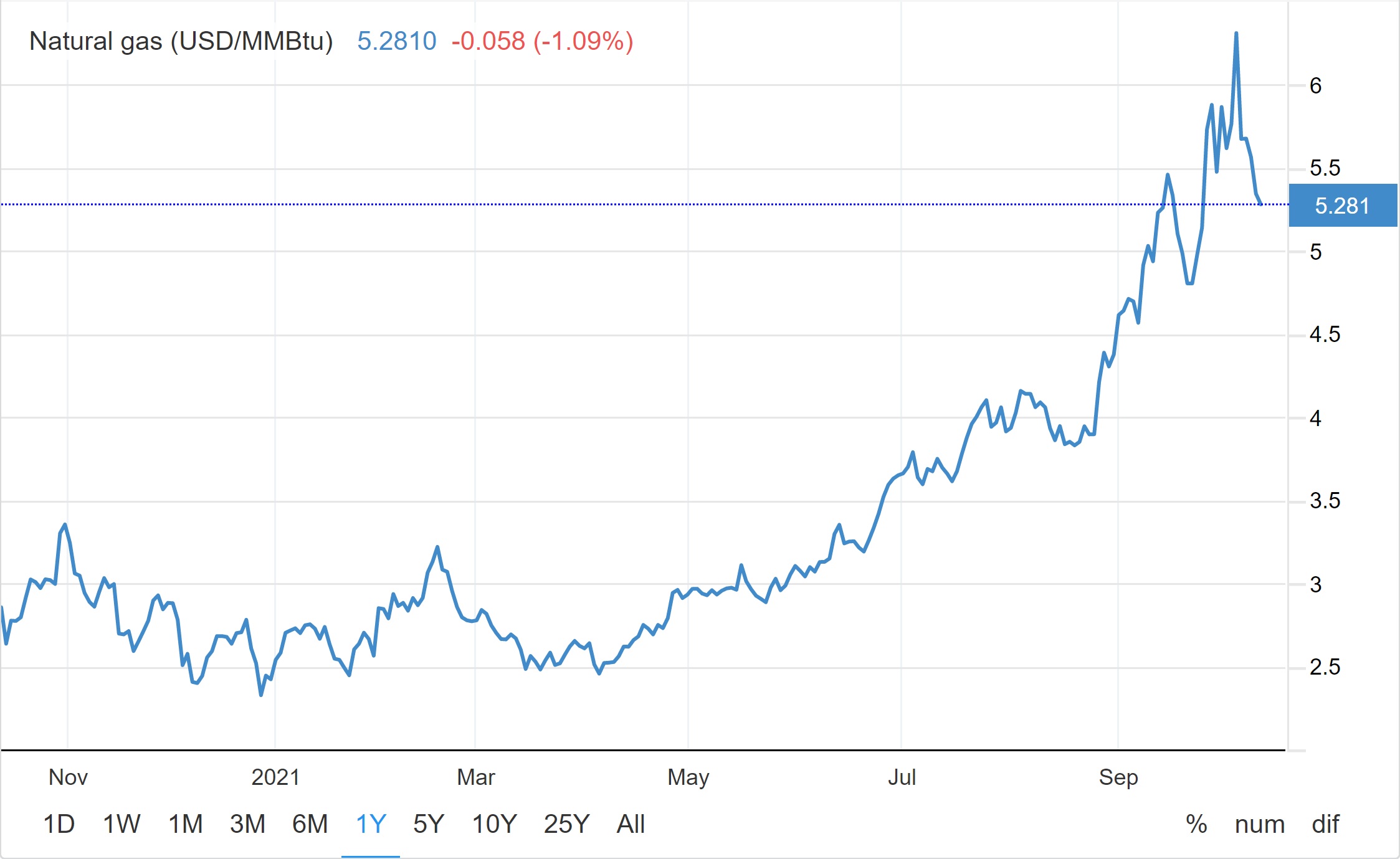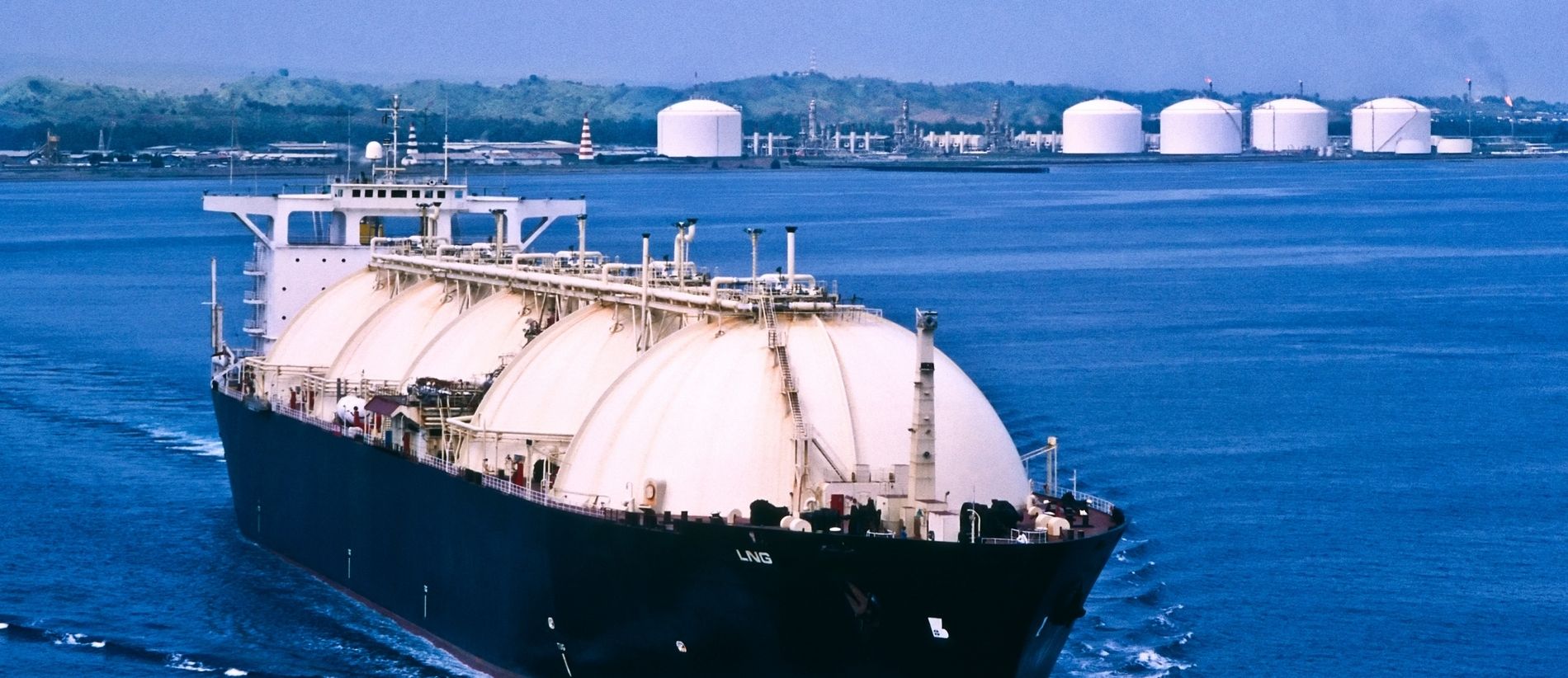Rising prices for fossil fuels are inflating the value of assets handled by companies involved in the production and transportation of crude oil, oil derivatives and gas. If not addressed in insurance policies this may leave some players in the energy sector underinsured as asset values exceed insurance limits.
Oil and gas prices have soared recently in a broad energy markets rally, driven by a combination of constrained supply and rapidly growing demand as economies rebound following the pandemic. The crude WTI oil price doubled in the past 12 months, trickling down the value chain and inflating the value of an extensive list of petrochemical products.

Source: Trading Economics
Because of the increased oil price, the largest tankers currently require a limit in excess of USD 250,000,000 for crude shipments. Most domestic shipments of crude oil are on much smaller vessels, but the value of the crude or derivatives transported on them has also increased substantially. Similarly, there has been a rise in oil related risk exposures on road and rail, tank farm and aggregated location values.
Further, the gas price increase is affecting for example gas storage and distribution facilities. As a result, the value at risk in tanks, underground caverns and during transportation has risen substantially.

Source: Trading Economics
Following the rapid increase of oil and gas prices, insurance limits may no longer reflect the value at risk for companies in the sector. Furthermore, some experts predict that a continued recovery in demand could widen a 'persistent' supply shortfall and extend the oil price pressure into 2022.
Cargo owners need to be aware of the consequences of the rise in oil and gas prices as it may result in their assets being underinsured. Companies affected may want to introduce measures to reduce their risk exposure and/or look to increase the insured limits with their incumbent insurer. In case that their local insurer has already reached the underwriting capacity limit, the company can explore alternative insurance or co-insurance solutions or add an excess layer.
Companies operating in the oil and gas sector should revisit the cover conditions in their insurance policies to identify potential underinsurance. Conditions may become more restrictive if insurance buyers are keen to reduce cost.
Oil and gas operations can be protected against a wide range of risks. The cover can therefore take different forms:
All risks of physical loss or damage
Full guaranteed outturn
Contamination from an external source
Policies can offer aggregated value cover against natural catastrophes
Protection against war risks for oil and gas in transit or in static storage
For further information, please contact:
Peter Hall, Partner, Head of Cargo & Logistics
T: +44 (0)20 7933 2139
E: peter.hall@lockton.com
Ian Franklin, Lockton Business Development Executive Cargo & Logistics
T: +44 (0)20 7933 2054
E: ian.franklin@lockton.com


